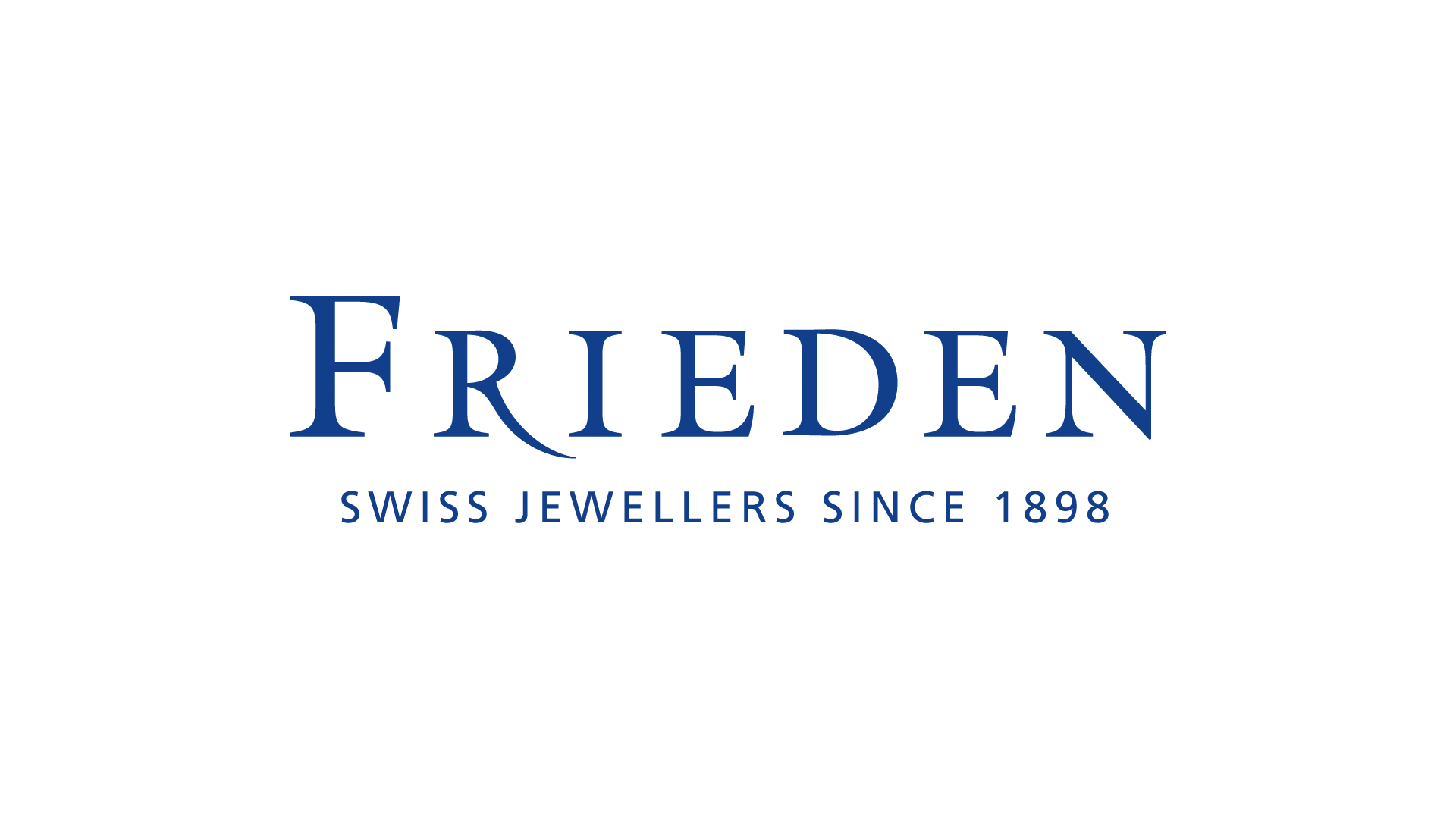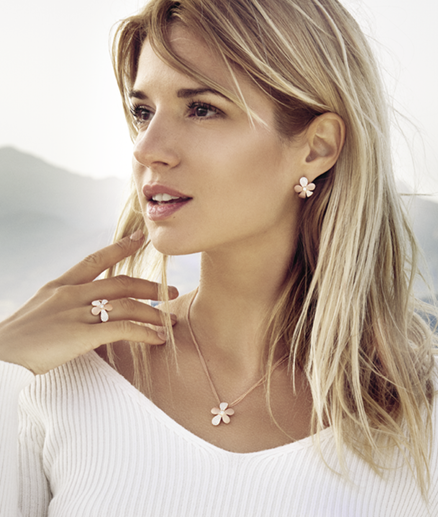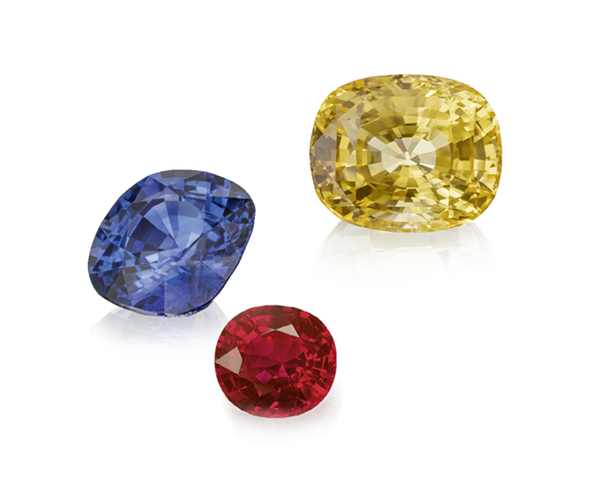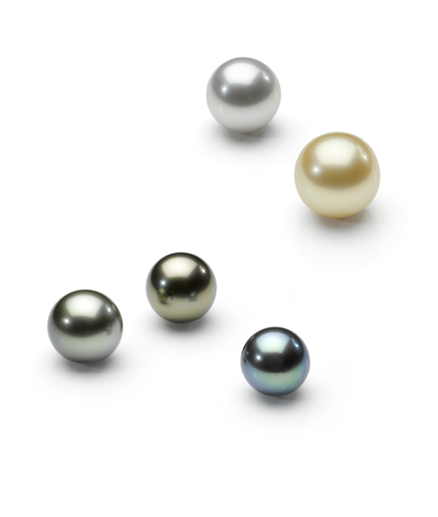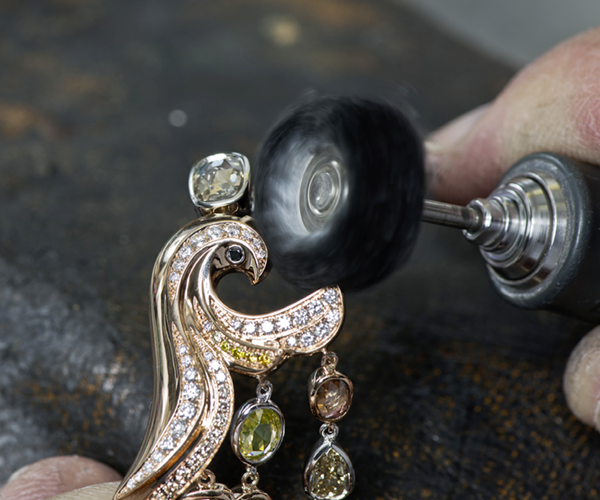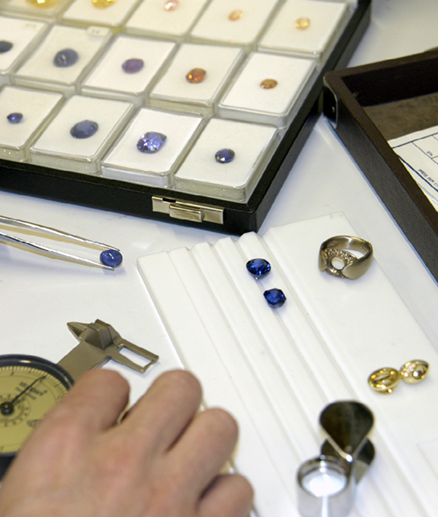Quality standards of cultured pearls
Cultured pearls come in countless versions and price ranges. Prices are fixed according to type, size, shape, lustre, surface and thickness of the mother of pearl. The size is only an important factor in combination with all of the other factors which are weighed differently. Setting the correct price requires knowhow, experience, and above all, knowledge of worldwide market situations and growing conditions in the countries of origin.
Size
The size of a pearl is one factor that determines its value. If all other quality factors are equal, the more valuable pearl is always the larger one. Depending on the kind of pearl, and thus depending on the type of mussel it grew in, there are different maximum sizes:
Akoya 5 – 10 mm
Southsea 8 – 20 mm
Tahiti 8 -20 mm
Freshwater 5 – 20 mm
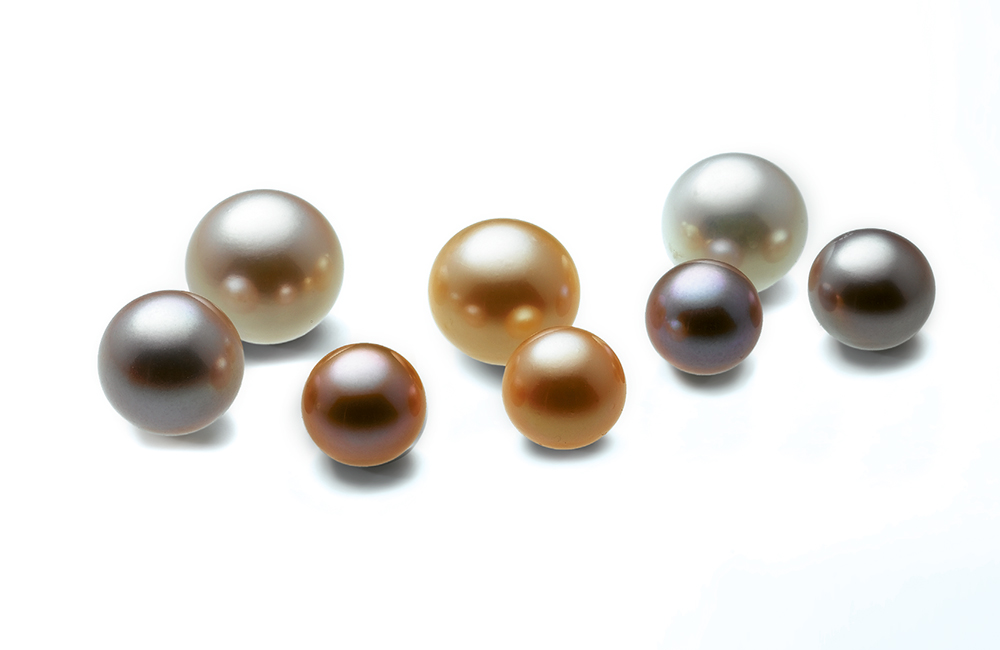
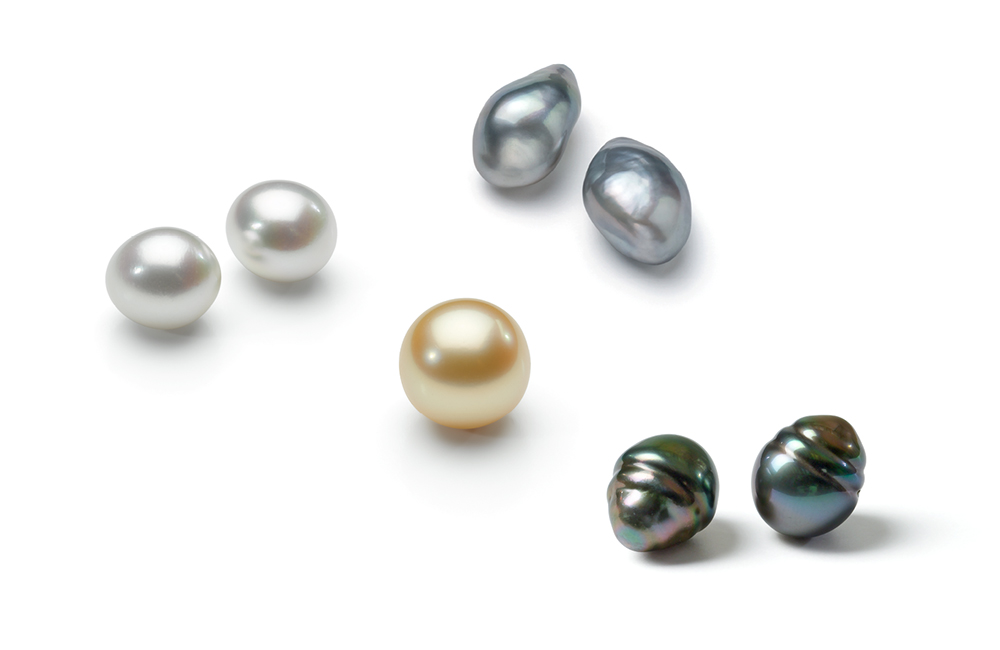
Shape
The shape is a quality factor that influences the price. Cultured pearls exist in all possible shapes: round, almost round, oval, drop shape, button, semi-baroque and baroque. Baroque shapes have become fashionable over the last few years and are in demand. Absolutely round pearls and perfect drop shapes are very rare and are therefore expensive. However, this does not mean that other shapes are not exciting and valuable. Charming ovals, drop shaped earrings or a necklace of baroque pearls that has a high lustre are less expensive but very attractive alternatives to round pearls.
Colour
The colour is the main price factor, however pearls do not have a clearly defined colour. Their colour may vary depending on light factors, the colour of the wearer’s wardrobe or the complexion of the person wearing them.
Pearls that have a white colour often have a soft undertone of pink, lavender, greenish or silver. Pearls that are black may have undertones of green, blue-green, silver or copper, as well as the valuable peacock tones. Golden coloured pearls often have additional tones, like gold, silver, pink, green bronze or champagne.
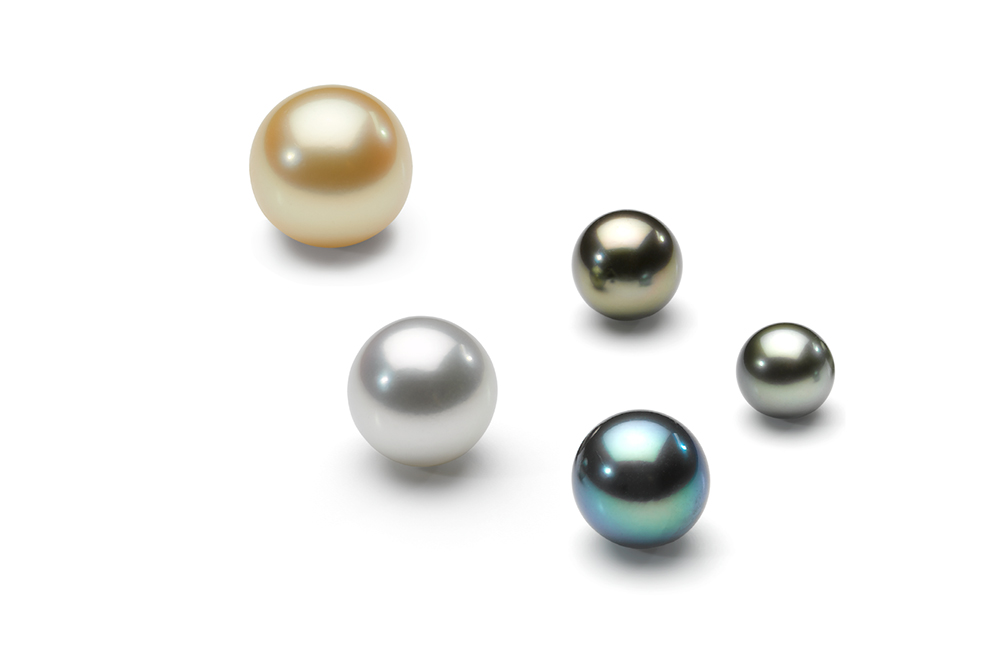
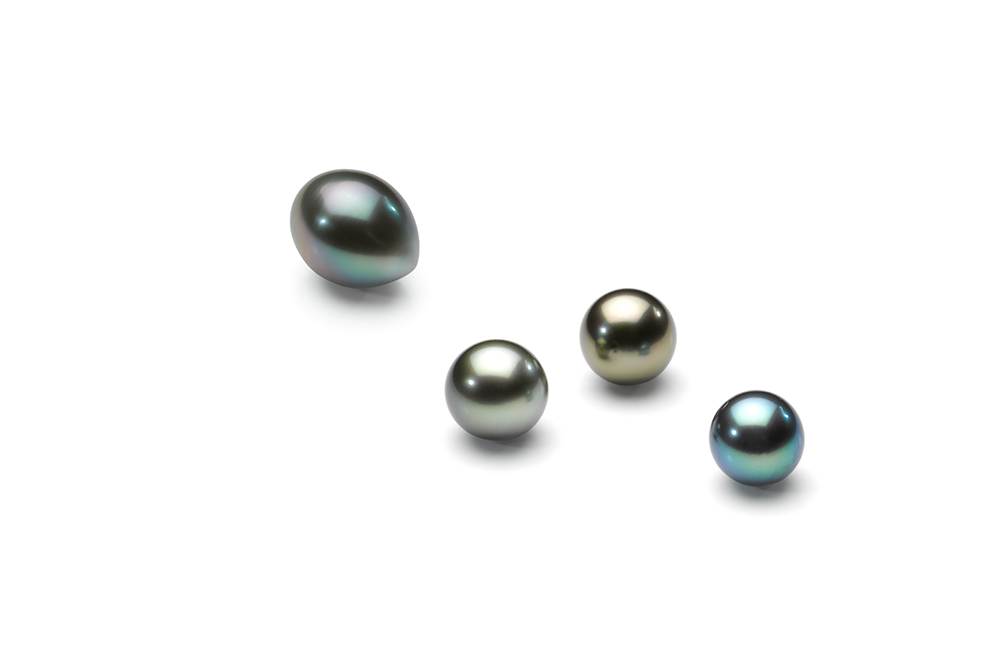
Lustre
A very important factor for the beauty and value of a pearl is its state of lustre, iridescence and luminosity, and o ability to reflect the light of a pearl from its inside. The lustre depends on the thickness of the mother of pearl on the pearl’s surface.
Akoya cultured pearls generally have a strong lustre due to the relatively low water temperature they grow in, which leads to the slow growth of the pearls.
Surface
The surface of a pearl is an important characteristic for judging its overall appearance and value. Ideally, the surface should not have any marks, should be smooth, even and shiny. It should be without blemishes. Hardly any pearls have a perfect surface, small growth marks and irregularities are found on every pearl. The more marks it has the less valuable a pearl is.
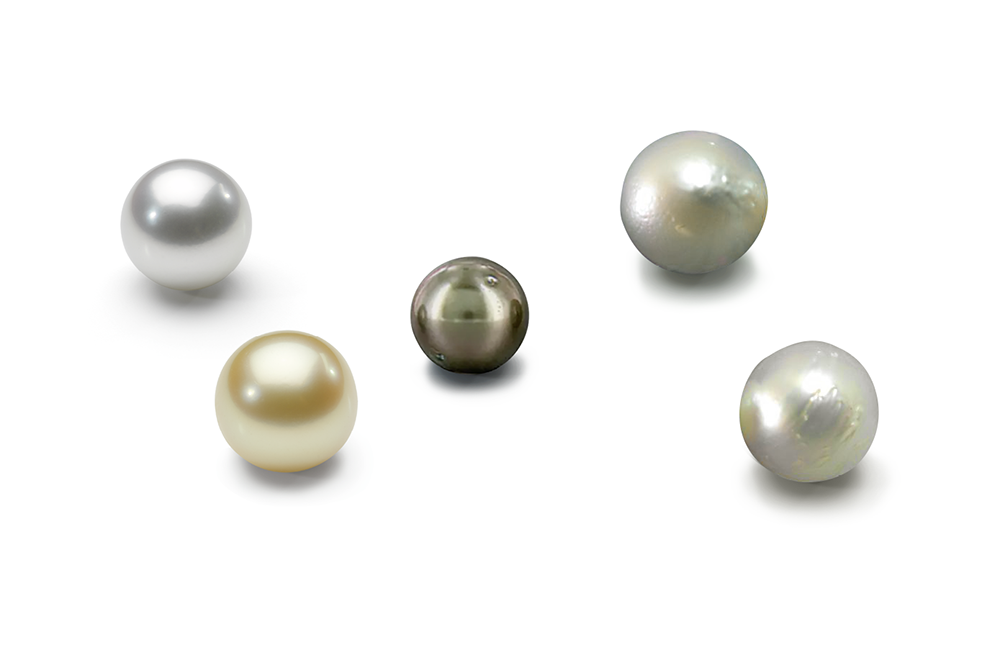
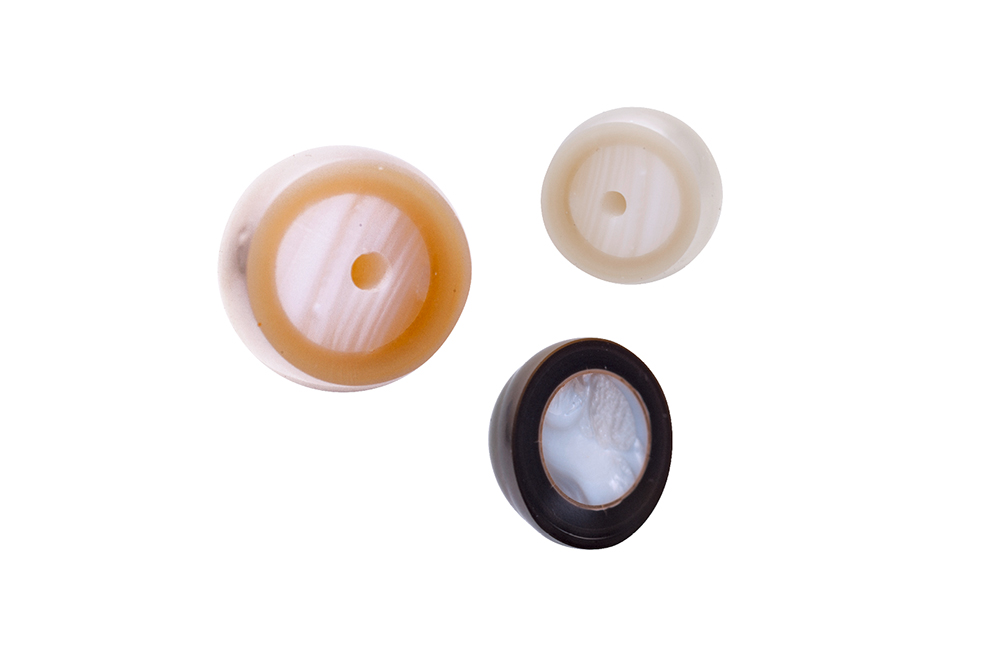
Thickness of the nacre
Thickness of the nacre
The nacre, which is the substance which is composed of microscopic plates of aragonite (calcium carbonate) cemented together with conchiolin, is from what mother-of-pearl is made. It is also the substance an oyster deposits, layer by layer, around alien matter to form a pearl.
A thin nacre that allows the nucleus to shine through shows that the pearl was only in the mussel for a short time. It is not nice nor solid because a thin nacre will soon wear off. The thicker the nacre, the better and more valuable the pearl.
An exact definition of the thickness of the nacre can only be made at a specialized laboratory using X-ray.
